Got 15 minutes and a wallet that's feeling a little light? Here's how to slash your grocery bills while eating amazing plant-based meals. Research shows that switching to a whole-food vegan diet can cut food costs by 19 percent—that's about $650 in savings per year. The secret isn't complicated: plant-based staples like brown rice, potatoes, and beans are some of the cheapest and healthiest ingredients in the supermarket. Plus, inflation has hit meat at nearly twice the rate of vegetables, making this the perfect time to master these money-saving plant-based hacks.
Smart shopping starts with your pantry staples
The foundation of budget vegan cooking lies in stocking up on versatile, shelf-stable ingredients that work in dozens of recipes. Dried beans and rice are ridiculously cheap and often overlooked—a 5-pound bag of brown rice plus 2 pounds of frozen broccoli costs about $6 and lasts for weeks. Buying staples in bulk is huge, since these ingredients can transform into burgers, taco fillings, hummus, and much more. Plant proteins like beans, lentils, and tofu are economical choices that pack serious nutrition without the premium price tag.
Here's where smart pantry building gets interesting: focus on ingredients that multitask across cuisines. That same cup of brown rice gives you 5 grams of protein and 3.5 grams of fiber, and when you combine that with half a cup of broccoli, you're up to 7 grams of protein and 5.5 grams of fiber. But the real magic happens when you learn to season these basics differently—cumin and lime for Mexican bowls, ginger and soy for Asian stir-fries, or herbs and lemon for Mediterranean grain salads.
Pro tip: Hit up Asian or Latin grocery stores for bulk rice, grains, and spices at unbeatable prices. Stock your freezer with frozen vegetables—they're flash-frozen at peak ripeness to retain nutrients and cost a fraction of fresh out-of-season produce.
Master the art of strategic meal planning
Planning isn't just about organization—it's your secret weapon against impulse buys and food waste. Taking a few minutes before your store trip to map out meals and compile a shopping list saves both time and money. Plan meals around affordable staples like rice, beans, lentils, and seasonal vegetables, then build variety around those base ingredients. Budget-friendly couples have managed to eat for just $15 Canadian per day—that's less than $2.50 per meal by focusing on smart planning.
The brilliant thing about strategic planning is how it actually unlocks creativity rather than limiting it. When you know you've got rice, black beans, and frozen corn as your weekly foundation, you can transform them with different spice blends: Monday gets Mexican flair with cumin and lime, Wednesday goes Asian with ginger and soy sauce, Friday turns Mediterranean with herbs and lemon. This rotation strategy means you're buying the same affordable base ingredients but never eating boring meals.
Build your weekly menu around one-pot meals, grain bowls, and soups that stretch ingredients into multiple servings. Batch cooking is perfect for bulk ingredients—cook once and you're set for days, saving time you could use for side gigs or just relaxing.
Shop smarter, not harder
Your shopping strategy can make or break your budget. Choose store brands over name brands—they're often identical products for a fraction of the cost. Shop the perimeter where whole foods like fresh produce, grains, and legumes live, avoiding the expensive processed foods in center aisles. Embrace "ugly" vegetables—that imperfect carrot is just as nutritious as the pristine one but costs way less.
Timing your shopping trips strategically can unlock serious savings most people miss entirely. Shop early weekday mornings when stores are fully stocked and crowds are minimal. Focus on seasonal produce when it's abundant and naturally cheaper—summer squash in July, root vegetables in fall, citrus in winter. Use apps like "Our Groceries" that allow multiple users to update the same list—perfect for couples, roommates, or families who want to coordinate their shopping without duplicate purchases.
Shopping rotation hack: Get to know different stores' strengths. Hit budget stores for dried beans, pasta, and canned goods. Save the fancy grocery trips for fresh produce, nuts, and specialty items. Frozen organic vegetables are often much less expensive at warehouse stores like Costco.
Transform simple ingredients into flavor bombs
The magic happens when you learn to make expensive alternatives at home using whole foods. Making seitan costs as little as 50p for a bag of flour versus several dollars for store-bought versions. Aquafaba (that liquid from chickpea cans) whips into mayo in 10 seconds flat. Dehydrated soya chunks can be much cheaper than frozen proteins and rehydrate into satisfying, meaty textures.
The learning curve here is gentler than you'd expect, and the payoff is huge. Take that basic tahini dressing: blend tahini, lemon juice, water, and a pinch of salt, and you've got something that costs pennies but rivals expensive store-bought dressings. Store it in the fridge for up to a week, or make flavor variations by adding garlic for punch, herbs for freshness, or maple syrup for subtle sweetness. This one simple sauce elevates everything from grain bowls to roasted vegetables to raw salads.
A pack of dried beans yields roughly double its weight when cooked, so 500g gives you the equivalent of four drained tins at a fraction of the cost.
Maximize every scrap with zero-waste cooking
Zero-waste cooking means using every part of your ingredients to reduce food waste and get more from what you already have. Save vegetable scraps in the freezer to make broth at home—those onion skins, carrot tops, and herb stems create rich, flavorful stock for free. Use all parts of your produce, including dual-use vegetables like carrots with their leafy tops.
This isn't about being a perfectionist—it's about being practical with preservation techniques that actually save money. That bunch of cilantro you bought for tacos? Chop the stems into your freezer scrap bag for broth, blend any wilting leaves into ice cube trays with olive oil for instant flavor bombs, or quickly blanch and freeze whole sprigs in bags for later use. These simple preservation methods mean you're getting multiple uses from single purchases.
Repurpose leftovers creatively to minimize waste and stretch your grocery dollars. That leftover rice becomes fried rice, grain salads, or soup base. Wilting greens get a second life in smoothies, soups, or pesto. Freeze unused produce before it spoils—those browning bananas are perfect for smoothies and baking.
Your wallet will thank you
The bottom line? Plant-based eating can cost less than $2 per serving with the right approach. Studies consistently show that people eating plant-based spend less on food than any other group, with savings jumping to $900 annually compared to Mediterranean diets. The core of a vegan diet—whole grains, beans, vegetables, and fruits—is among the most affordable foods available.
You don't need to go full vegan overnight to see these benefits. Start with Meatless Monday and gradually build your confidence with one new plant-based recipe each week. Focus on mastering a few simple, satisfying base recipes first—like a versatile grain bowl template or a basic bean and vegetable soup—then expand your skills as you discover which flavors and techniques you enjoy most.
The beauty of this approach is that you're not just saving money now, you're building sustainable cooking skills that compound over time. Your grocery budget—and your health—will reward you for making the switch to these smart, sustainable eating habits.




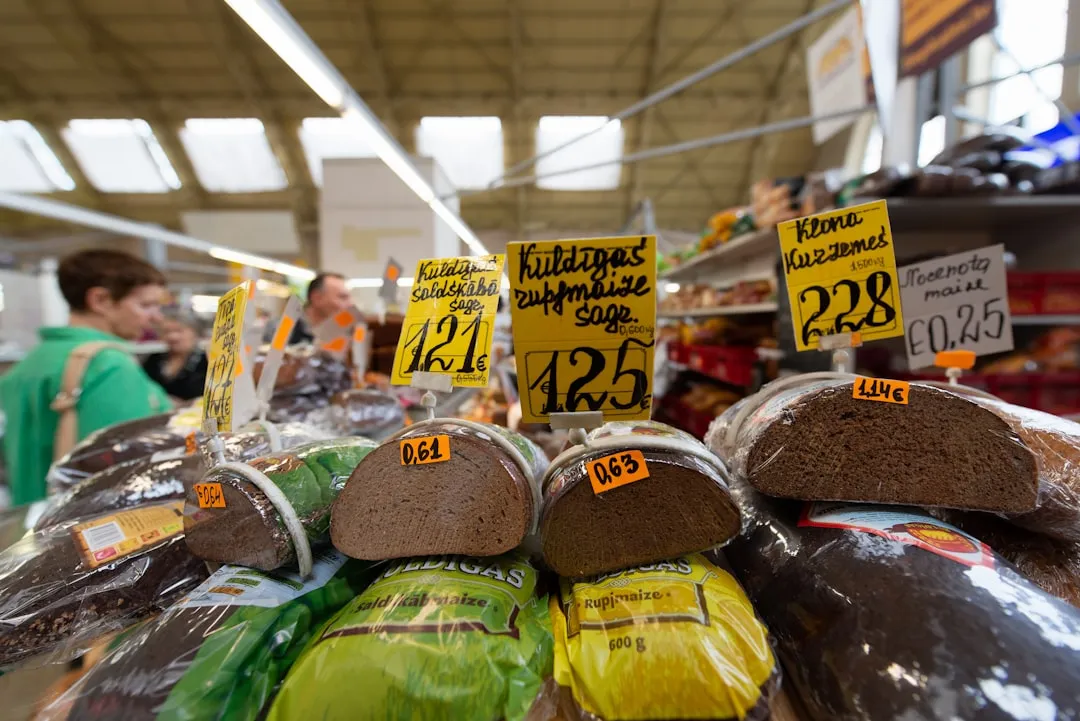




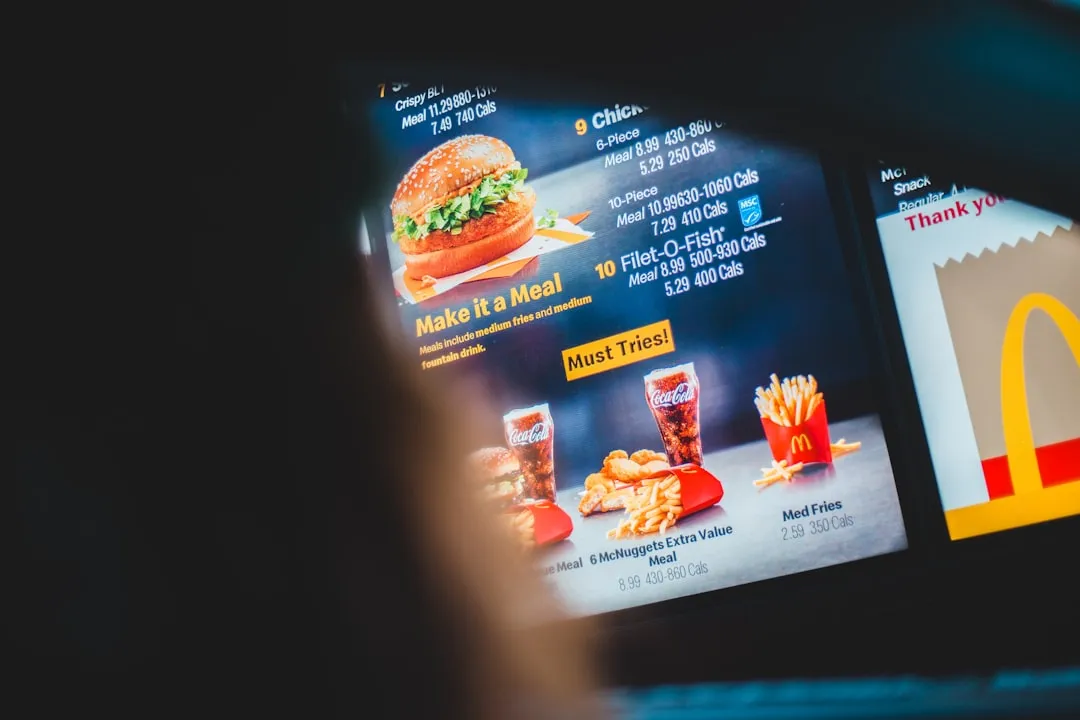

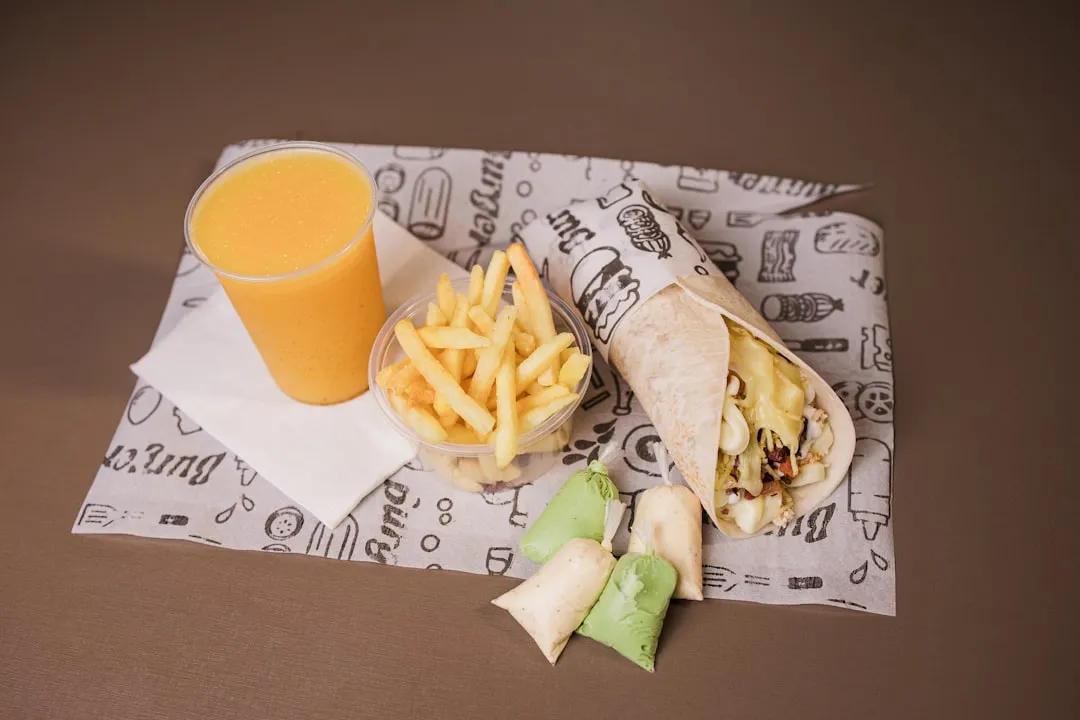

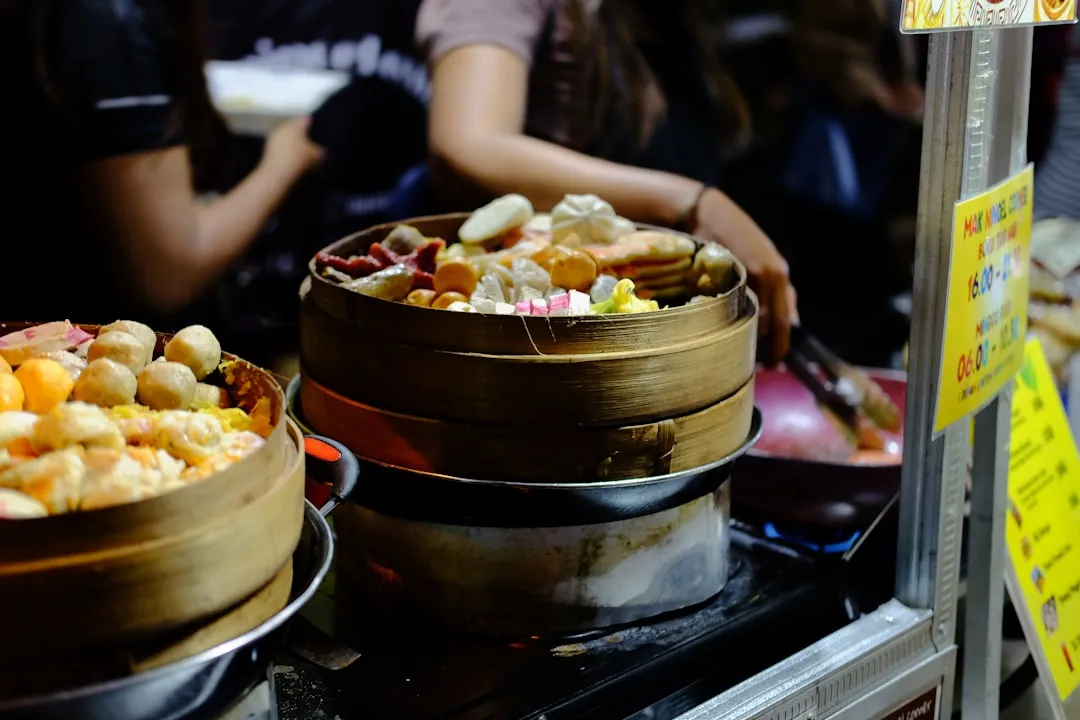
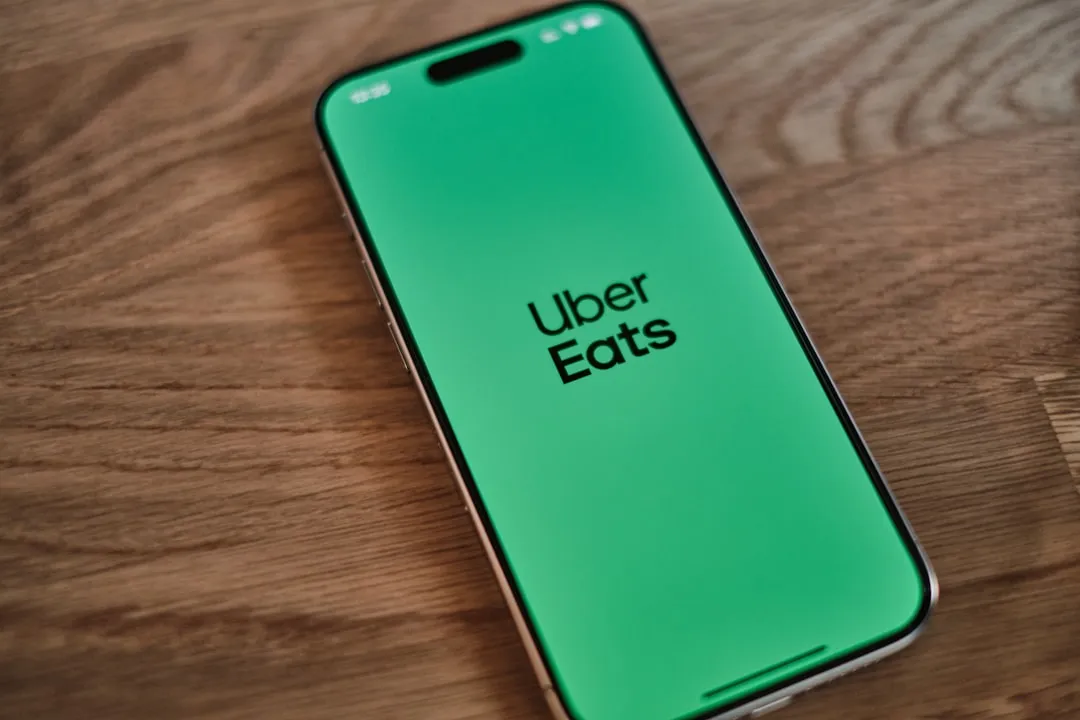

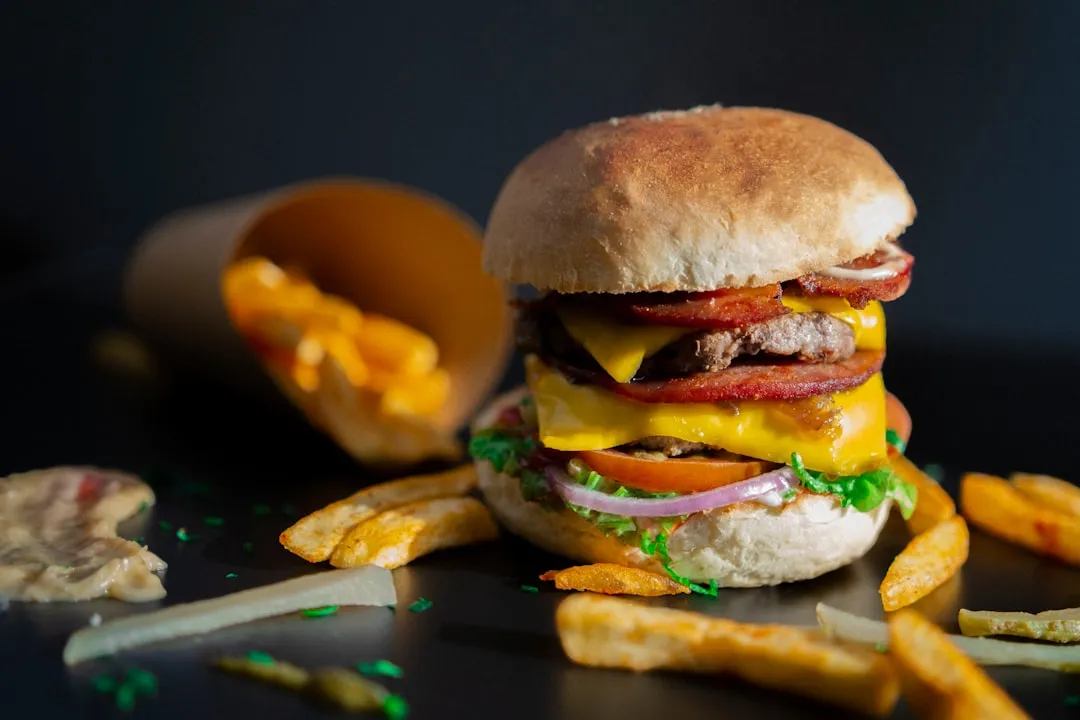
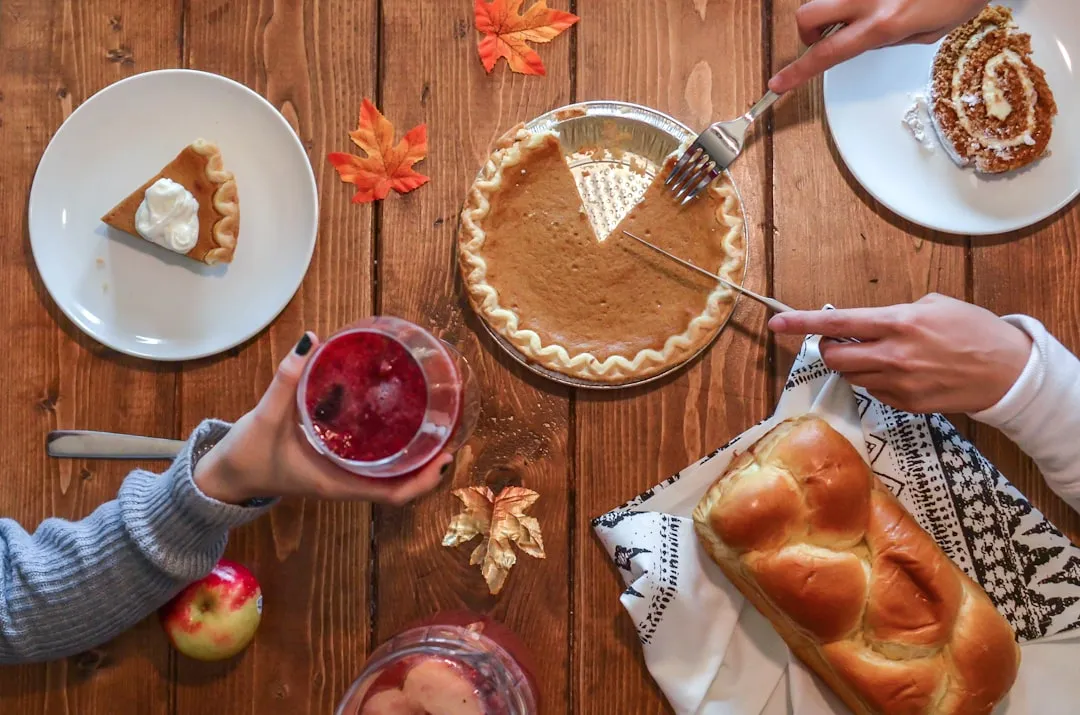
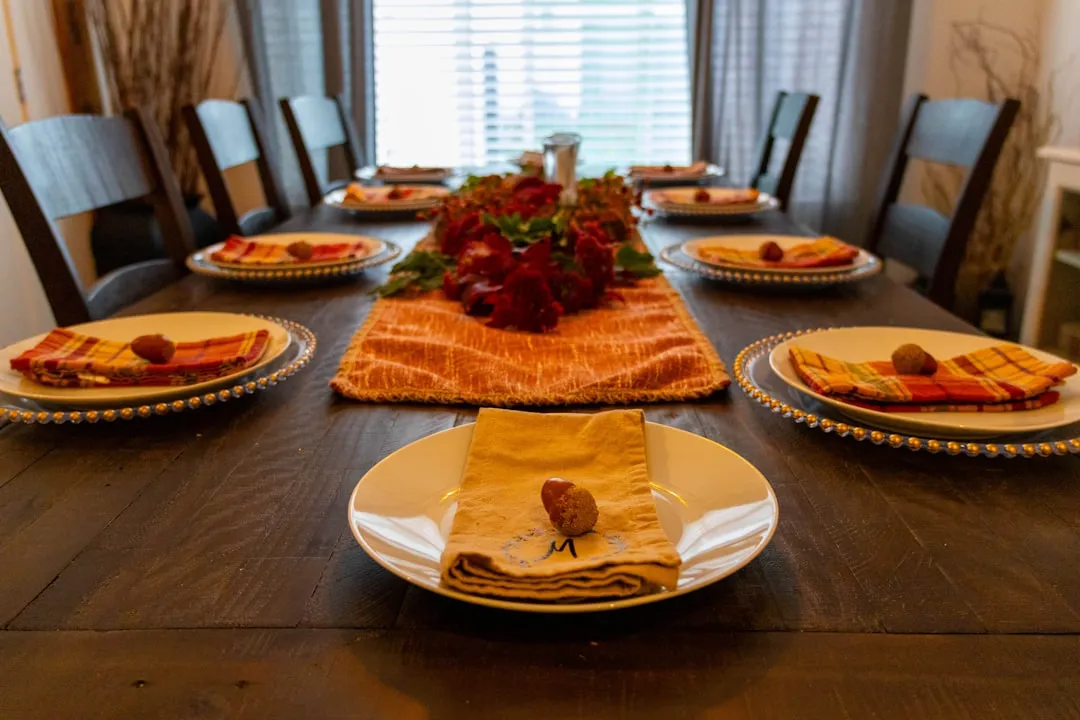




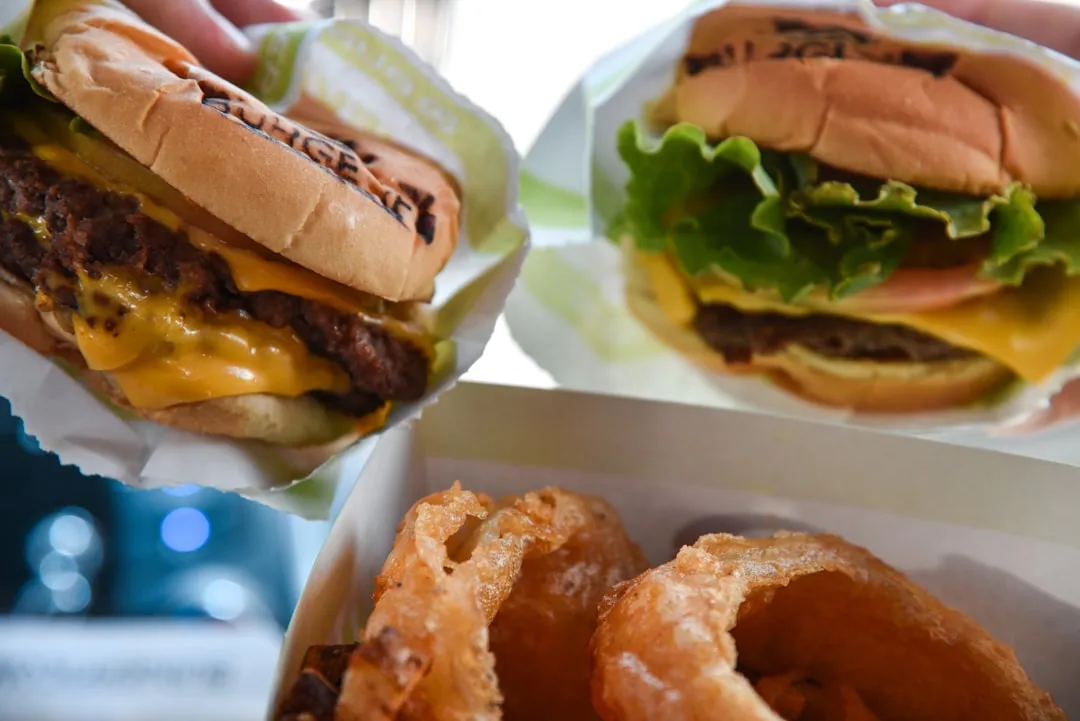
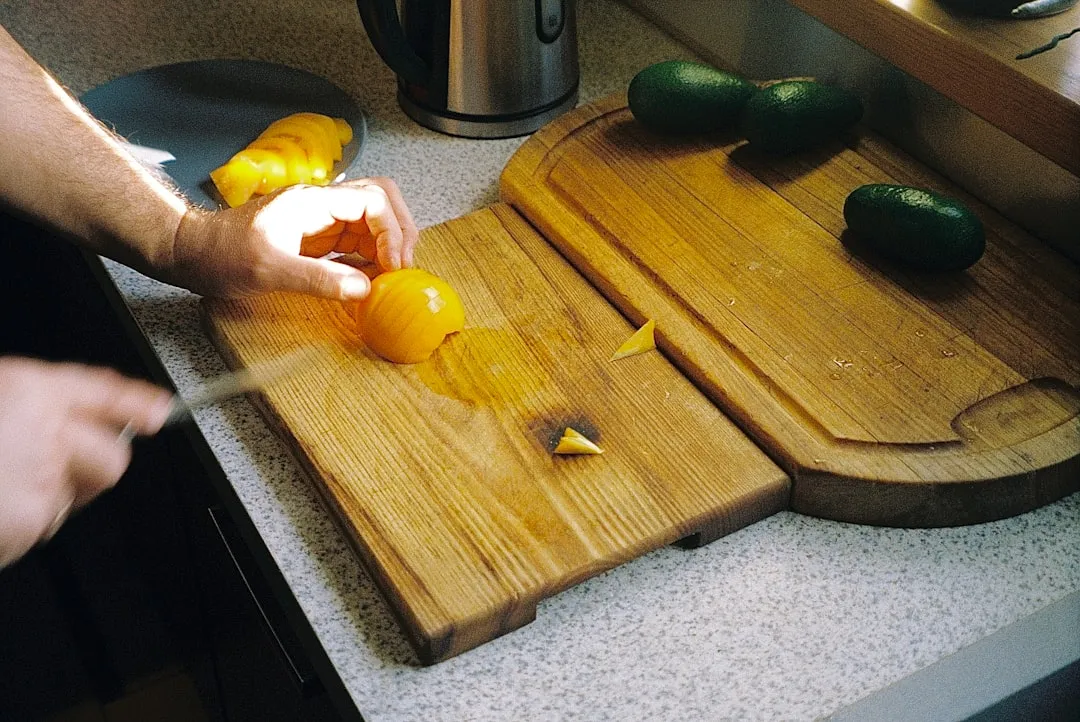
Comments
Be the first, drop a comment!